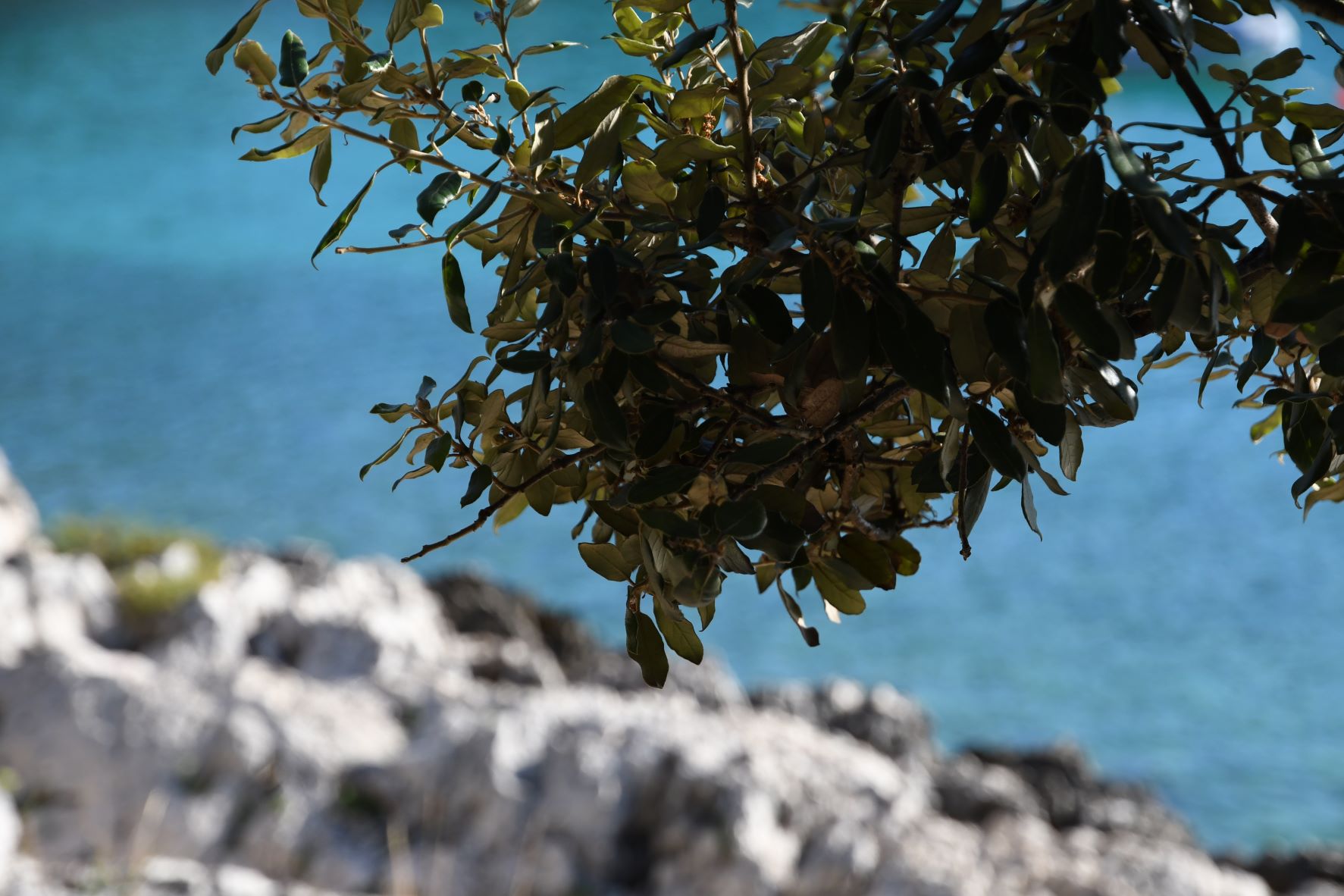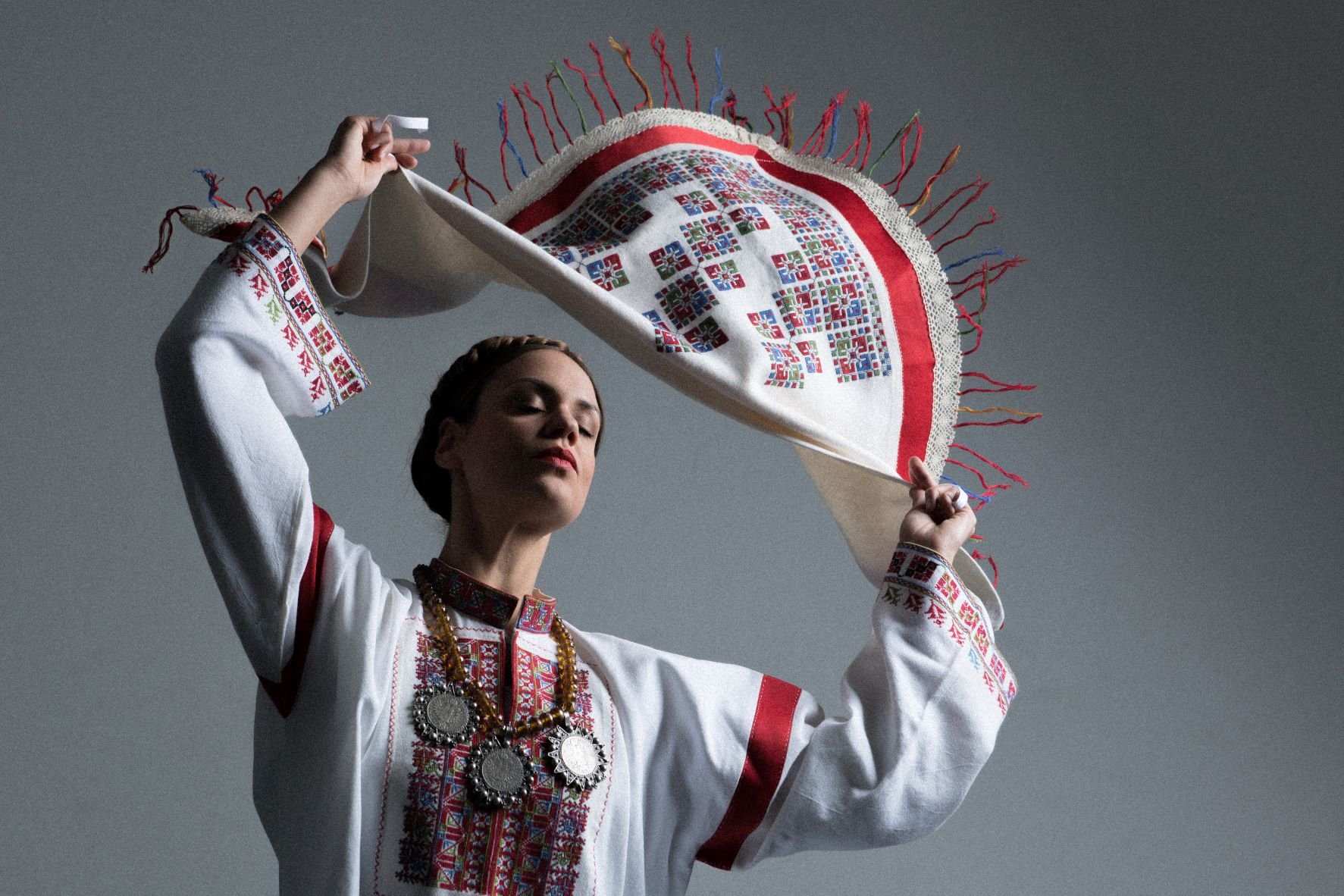So what exactly does Croatia have to offer? The answer is a lot. Far too much to put in one magazine. And certainly far too much to put in this introduction. Putting together a list of highlights is a difficult if not impossible task. Here are just five themes that make the place special; and as soon as you have spent any length of time there yourselves, you will no doubt come up with ideas of your own.
Islands
Croatia’s coastal waters are scattered with islands (do we really have to mention that there are over 1000 of them?), each of which is a world in its own right. Many of them boast busy little towns, fertile fields covered in vineyards, and an array of half-hidden beaches and intimate coves. Others are little more than scraps of rock. Each of the inhabited islands has its own character, expressed through folk traditions, food specialities and very often a local dialect as well. All of them are surrounded by some of the clearest waters in Europe, and come with a chorus of singing crickets to soothe you into lotus-eating mood.
Water, woods and green spaces
Croatia is a nature-lovers paradise, with huge areas of the country made up of unspoiled natural wilderness. A never-ending chain of majestic mountains runs all the way down the coast, flanked by starkly beautiful plateaus of glittering green Mediterranean maquis. Set amidst the porous limestone karst are sparkling lakes shrouded by emerald forests prowled by bears and wolves. Further inland, great rivers such as the Sava, Drava and Danube water the great plains and dense forests of eastern Croatia, fringed by wetland areas rich in birds, fish and frogs. Whether you are into hiking, biking, wild river swimming or simply communing with nature, Croatia has it all.Continent and coast
Croatia is often described as the place where the Central European and Mediterranean worlds meet, a cliché that is for once borne out by geographical realities. Being able to sample life on both sides of the divide is one of the things that makes the country so unique. The sun-kissed coastal strip with its olives, palms and stone-built houses is very different to the green hills and onion-domed churches of the north and east. Zagreb, with its roots in Central-European history, is very different to the bustle of the coastal cities, where thronging markets, medieval alleys and ferry-filled ports provide a true Mediterranean experience.History and heritage
Numerous civilizations have left their mark on a region that has been a crossroads of human exchange since the earliest times. This is the country where the Vučedol culture engraved star calendars on their ceramic pots over 4000 years ago; Illyrian tribes constructed hilltop forts; and Roman Emperor Diocletian famously built a retirement palace that still survives today. Croatia’s churches, palaces and fortresses provide visitors with a living, three-dimensional encyclopedia of the best in Byzantine, Romanesque, Gothic, Renaissance and Baroque art. Traditions are jealously guarded; each region has its own folk costumes, songs and dances. With a new generation of museums showing Croatia’s culture off in modern, multi-media style, there has never been a better time to explore it.
Photo by Petra Slobodnjak
Food
The soul of a nation can be found in its food, and the Croatian diet is as varied as any in Europe. On the coast, fresh seafood is plucked from the velvety waters of the Adriatic; while further inland, paprika spice is added to rich stews; or the aromatic smoke of a thousand barbeques rises into the air on summer afternoons. Food is something that should be savoured and enjoyed rather than rushed; and working one’s way through the regional delicacies makes Croatia a real gourmet’s delight. And wherever you end up, you’re likely to be eating foodstuffs that haven’t travelled all that far. The Croatian food chain still confers pride of place to local markets, family farms, or the fishing boat that has just landed.





Comments